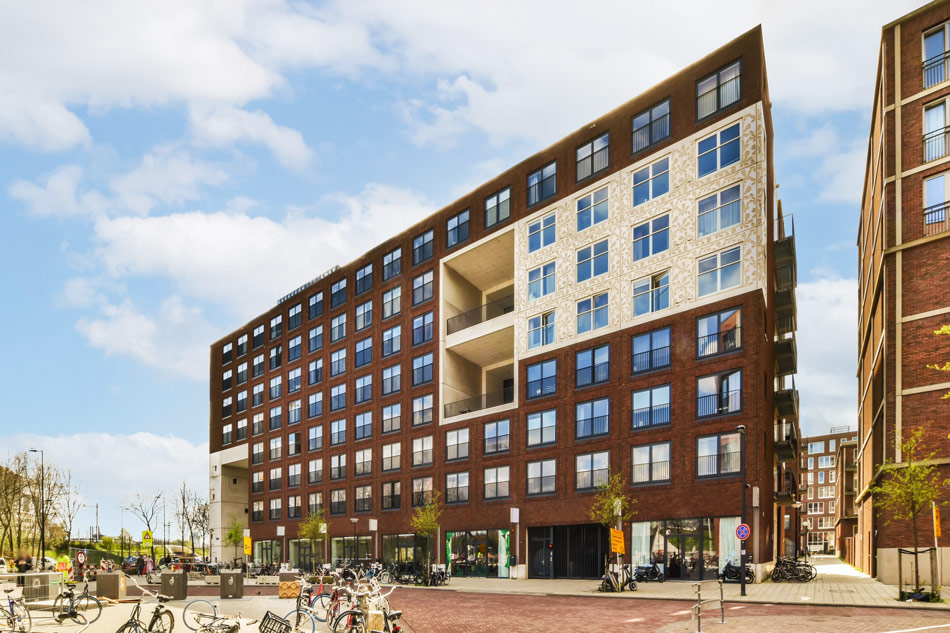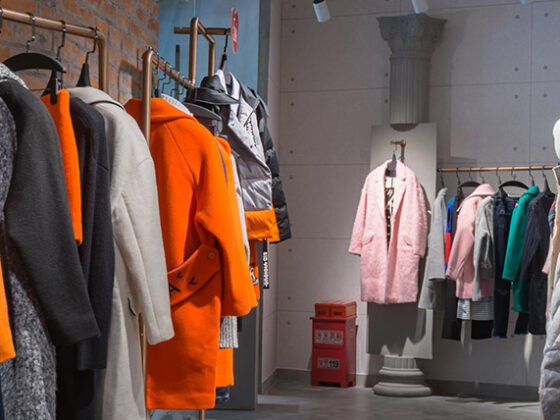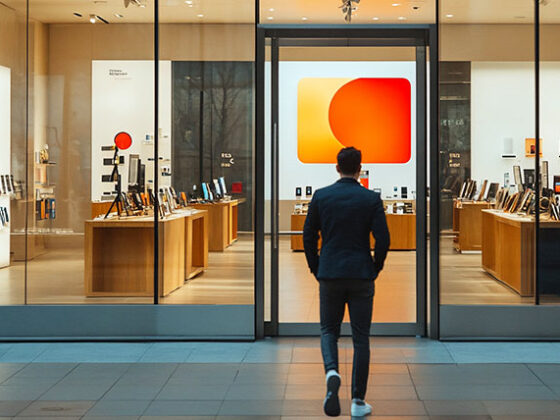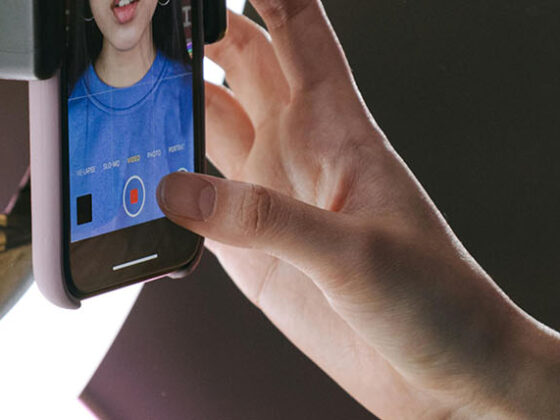share this article
Imagine stepping into a vibrant urban oasis where every convenience is at your doorstep and the pulse of the city is right outside your window. This is the promise of North Loop Green in Minneapolis, a visionary mixed use development that is redefining the future of retail and urban living. With its seamless integration of homes, short-term rentals, shops, offices, restaurants, and event and green spaces, North Loop Green transformed blighted city blocks into a dynamic, sustainable community.
Mixed-use developments like North Loop Green offer incredible opportunities for retailers. Not only can these developments bring vibrance to communities and neighborhoods, but public parks, event space, and restaurants mean steady foot traffic and a constant influx of new consumers. These dynamic environments foster community engagement, sustainability, and economic resilience, positioning retailers for long-term success and innovation.
Why Mixed Use Makes Sense For Residents
Skyrocketing housing prices continue to impact renters and homeowners even as the macroeconomic outlook continues to improve. This is driving people to seek alternative living spaces that are more economical—and mixed-use buildings make sense. The World Health Organization reports that 70% of the global population will live in cities by 2050, and as dramatic urbanization continues, mixed-use projects are likely to dominate new real estate construction, according to Northspyre:
“Walkable mixed-use neighborhoods provide pedestrian access to stores, restaurants, and other businesses without requiring the use of a car for transportation. In addition to promoting a healthy, active lifestyle for residents and convenient access to amenities, mixed-use neighborhoods also decrease car dependency, reducing air pollution and making areas more livable overall. “

Nearly 80% of U.S. adults said they would consider a residence in a live-work-shop-play community that offered entertainment, dining, work, and recreation opportunities—and the number of apartments completed annually in “live-work-play” developments quadrupled between 2012 and 2021, rising from 10,000 to 43,700, according to a study from the International Council of Shopping Centers (ICSC).
Mixed-use retail is only growing, and savvy retailers are betting on it for their own growth. Demand for retail locations in mixed-use developments is substantial, with more than 60% of retailers expressing a preference for these environments, according to CBRE. That’s why mixed-use retail spaces offer higher occupancy rates, often between 90-95%, compared to 80-85% for standalone retail properties.
Retail spaces in mixed-use developments also command premium rents, typically 10-20% higher than traditional shopping centers, as noted by ICSC. This willingness to pay higher rents is justified by the built-in customer base and vibrant atmosphere provided by the diverse mix of residential, office, and commercial components within mixed-use developments. Sure, rent is on the pricey end, but a study by the Urban Land Institute (ULI) determined that consumers are willing to spend up to 15% more in mixed-use developments compared to traditional retail environments due to the convenience and enhanced shopping experience.
Foot traffic in mixed-use developments is 20-30% higher than in traditional retail locations, as reported by JLL. This increased traffic correlates with longer dwell times, which are 30-40% higher, and improved customer retention rates, up to 20% greater, according to the ULI data. These factors contribute to robust sales growth for retailers, with an average annual sales growth of 5-10%, significantly outpacing the 2-5% growth seen in standalone locations.

Developments Embracing the Live-Work-Play Lifestyle
Hudson Yards (NYC) – Hudson Yards is “the largest private real estate development in the history of the United States and the largest development in New York City since Rockefeller Center.” The site will include more than 18 million square feet of commercial and residential space, more than 100 shops, a collection of restaurants, approximately 4,000 residences, The Shed, New York’s first arts center to commission new work across the performing arts, visual arts, and popular culture, 14 acres of public open space, a 750-seat public school and an Equinox Hotel® with more than 200 rooms.
King’s Crossing (London) – King’s Crossing “is the largest mixed-use development to be masterminded in London for over 150-years – an adventurous, dynamic, creatively driven collective in a brand-new postcode, N1C. It’s also the city’s best-connected transport hub, drawing shoppers from across London and all over the UK to visit every day.”
The Center for Potsdamer Platz (Berlin) – The Center for Potsdamer Platz is a 1.2 million square foot mixed-use complex with 67 residential units, almost a million square feet of office space, and over 200,000 square feet of retail. “Additional renewal plans have been made for an immersive entertainment experience, expanded retail, globalized culinary offerings with sustainability programming, and the addition of new fitness and lifestyle amenities. This includes a partnership with Nike, activating part of the public realm.”
A Bright Future for the Mixed-Use Development
Mixed-use developments are not without some controversy. We know that gentrification can stem from urban renewal projects that include mixed-use spaces like these. Developers and communities are learning from the lessons of past developments. In East Austin, Tex., a mixed-use development will include affordable housing units, to ensure the long-term residents won’t be priced out.
Nevertheless, demand for mixed-use developments is expected to surge, driven by a renewed desire to engage locally and support neighborhood businesses. These live-work-play environments attract diverse business tenants and residents by integrating safety, wellness, commerce, and connectivity into their design. With the right retail mix, such developments can see up to a 25% increase in rent and property values, according to Green Street Advisors. This is particularly significant as middle-market retail centers, which have traditionally been less innovative, are now transforming to meet the evolving needs of urban living. It will be interesting to see how retail brands evolve their experience to take advantage of the unique community bubbles mixed-use spaces create.




